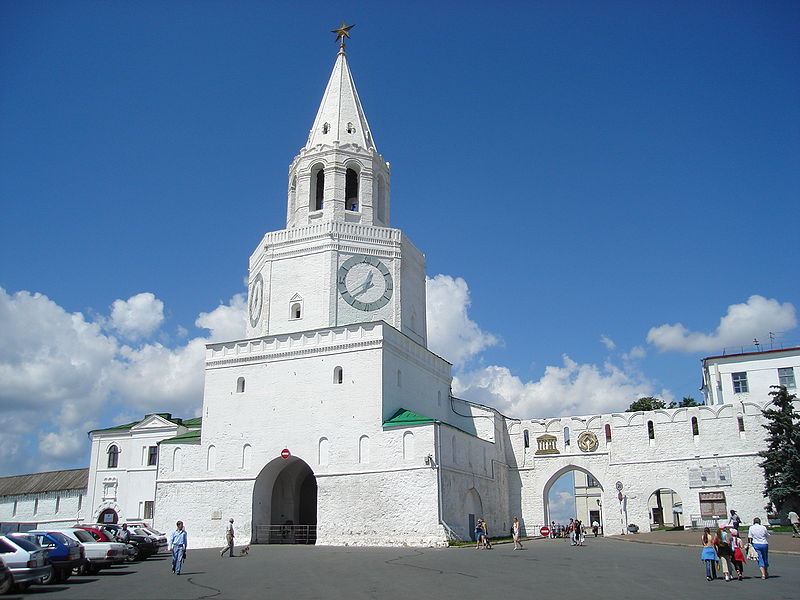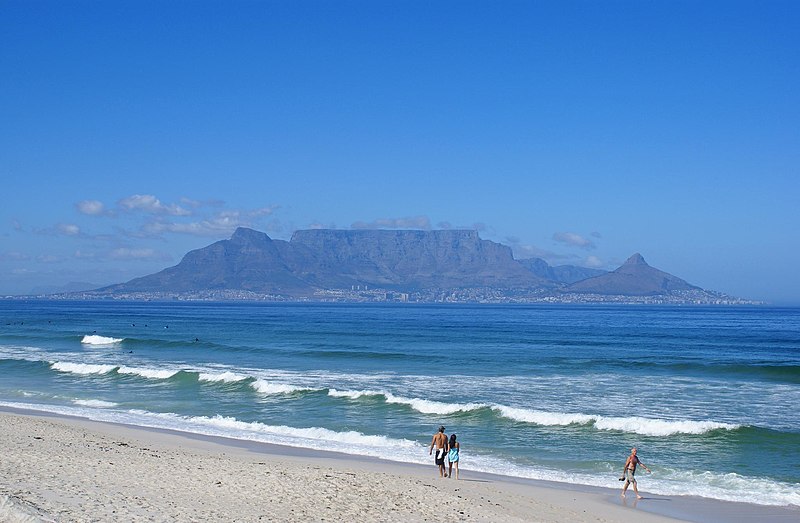Some of the most prolific forts in the world can be found in Russia Russia
1.) Peter and Paul Fortress
The Peter and Paul Fortress is a grandiose structure located in St Petersburg , Russia St. Petersburg
2.) Moscow
The Moscow Kremlin is a notable and historic fortified complex in Moscow , the capital of Russia Red Square and Alexander Garden. Moscow Kremlin is the best known of Kremlins or Russian citadels. It includes 4 palaces, 4 cathedrals and the enclosing Kremlin Wall with Kremlin towers. The complex serves as the official residence of the President of Russia
3.) Ivangorod Fortress
Ivangorod Fortress is a remarkable fortification building located in the town of Ivangorod , Russia
4.) Shlisselburg Fortress
Shlisselburg Fortress is magnificent-looking located in Shlisseburg, a town in Leningrad Oblas, Russia Neva River on Lake Ladoga
5.) Suzdal Kremlin
The Suzdal Kremlin is a beautiful fort and is the oldest part of the City of Suzdal Valdimir
6.) Kazan
The Kazan Kremlin is the chief historic citadel of Tatarstan, situated in Kazan City
7.) Novgorod
Novgorod Kremlin is also known as “The Detinets”, the ancient name for the Kremlin or fortress. It stands on the left bank of the Volkhov River
8.) Brest
Brest Fortress is a 19th century Russian fortress in Brest , Belarus
See also





















